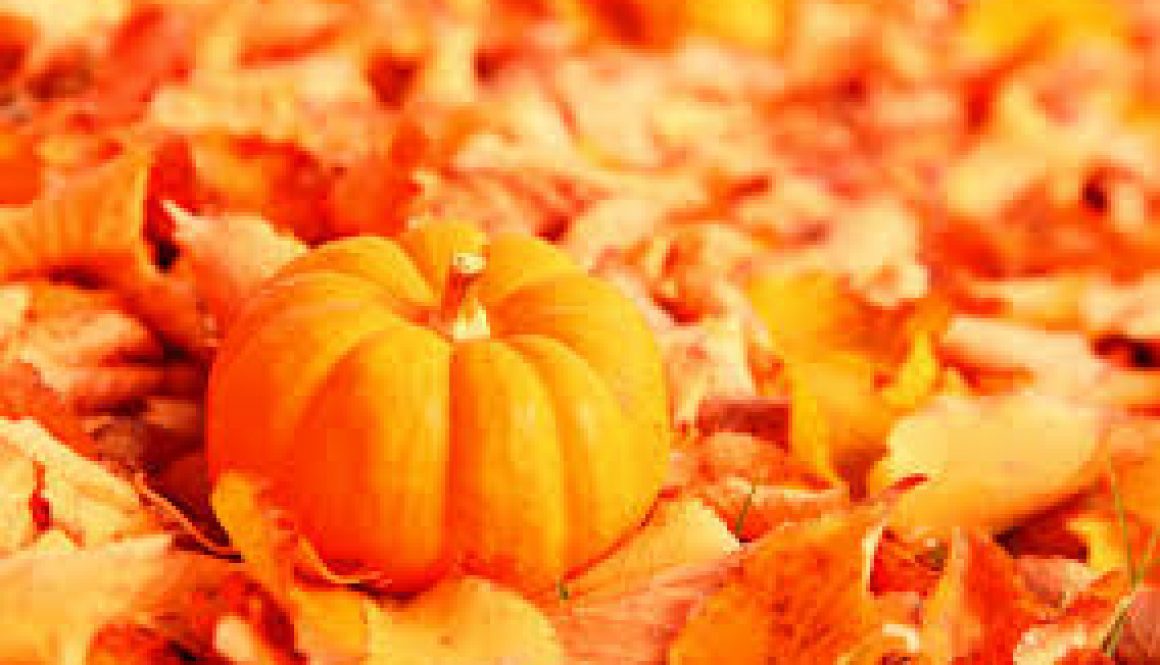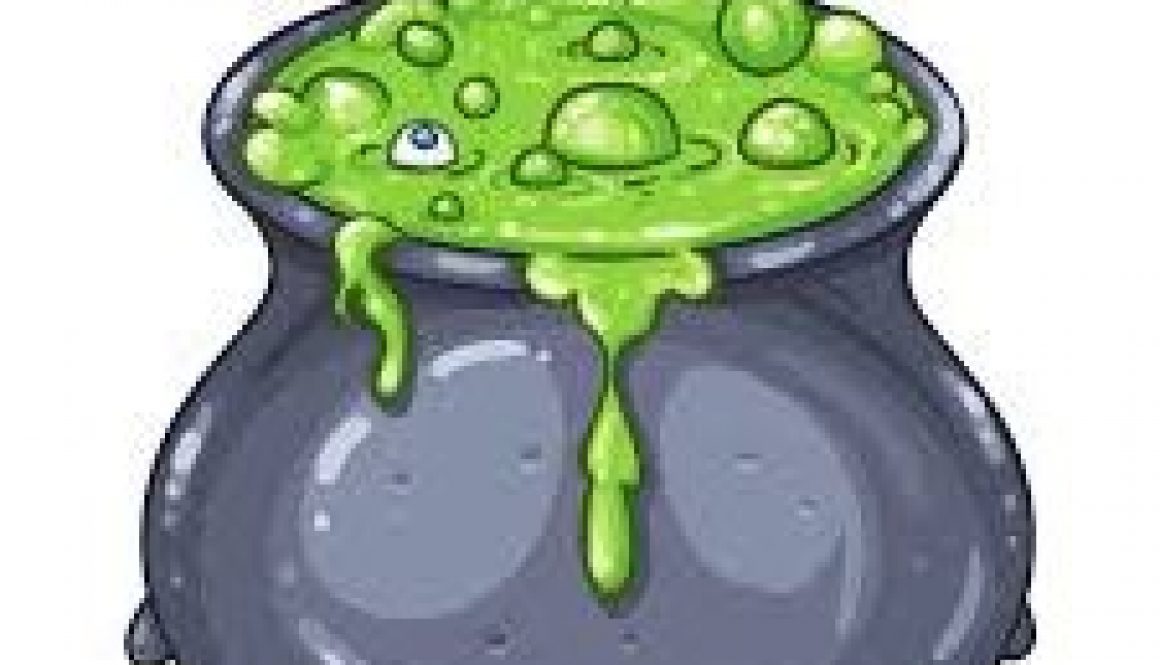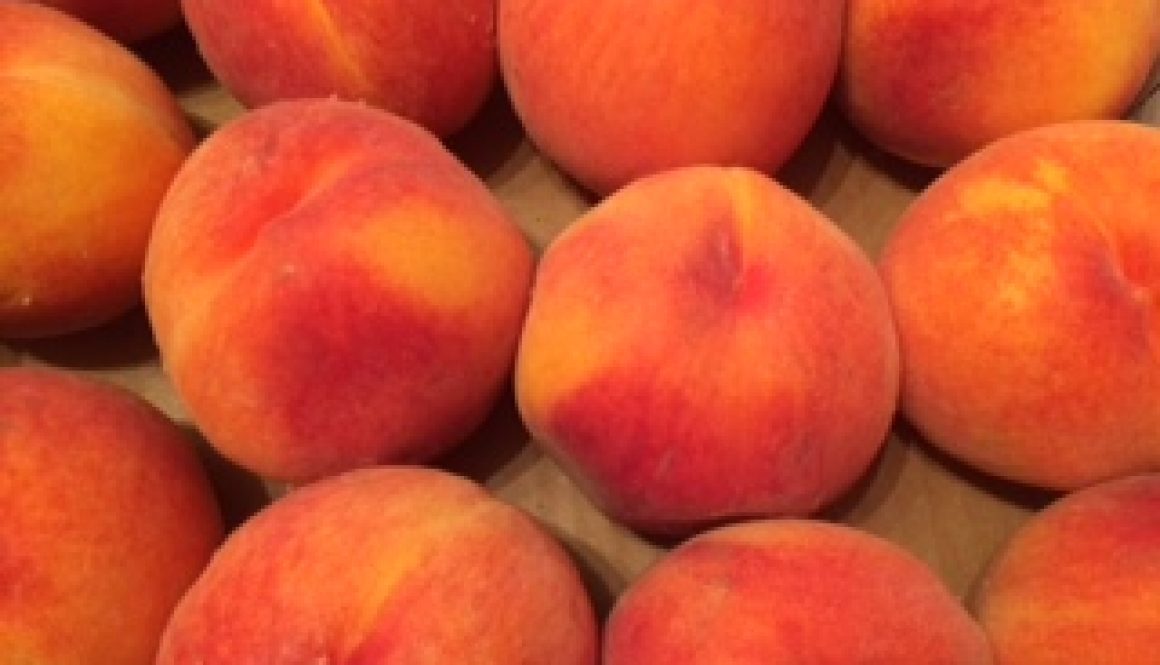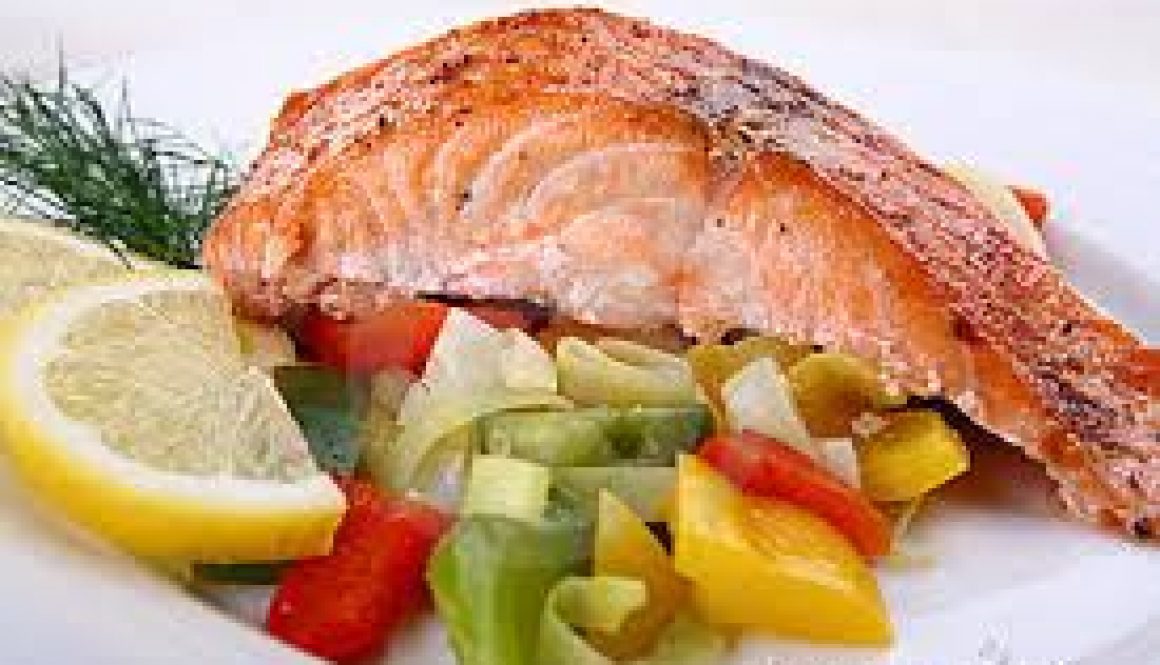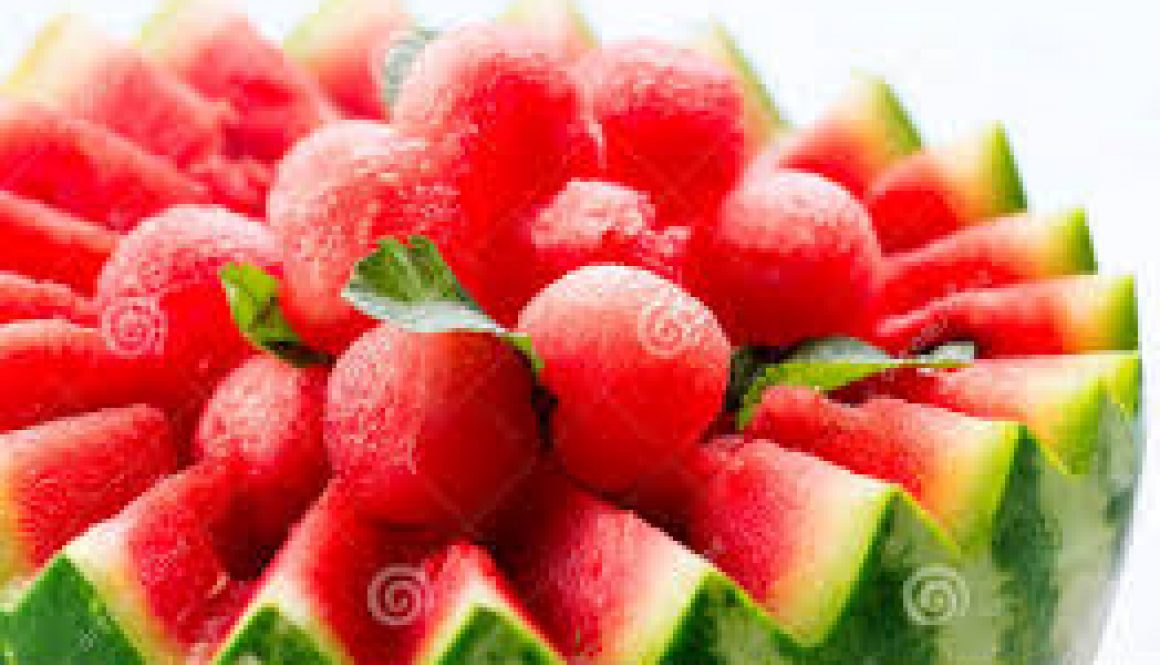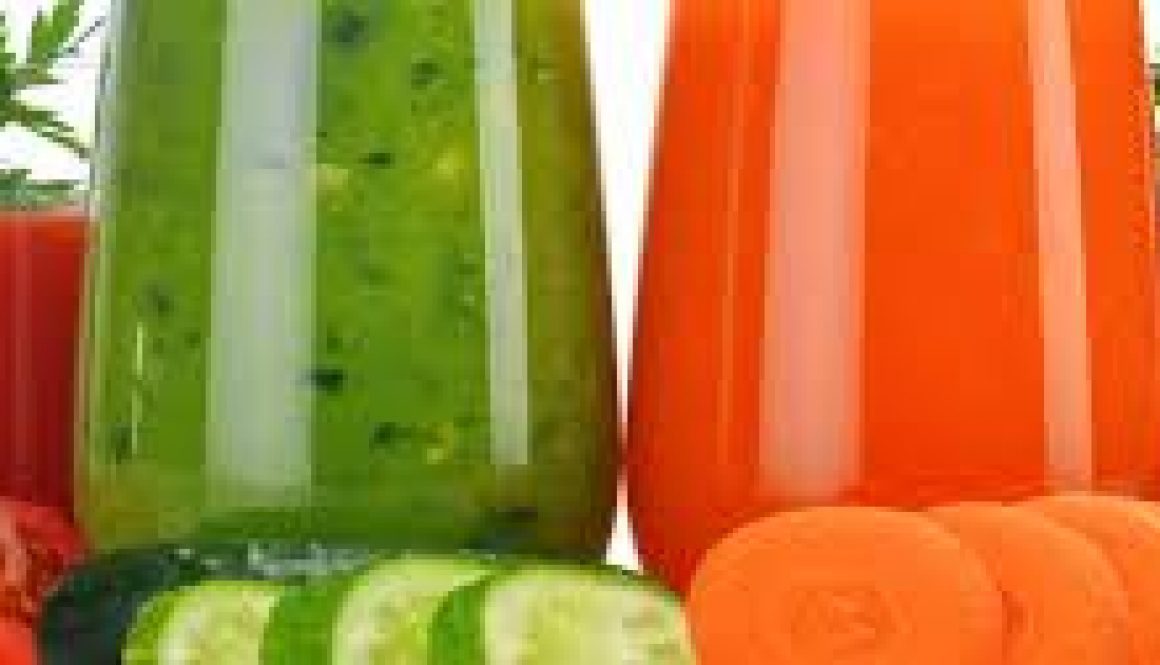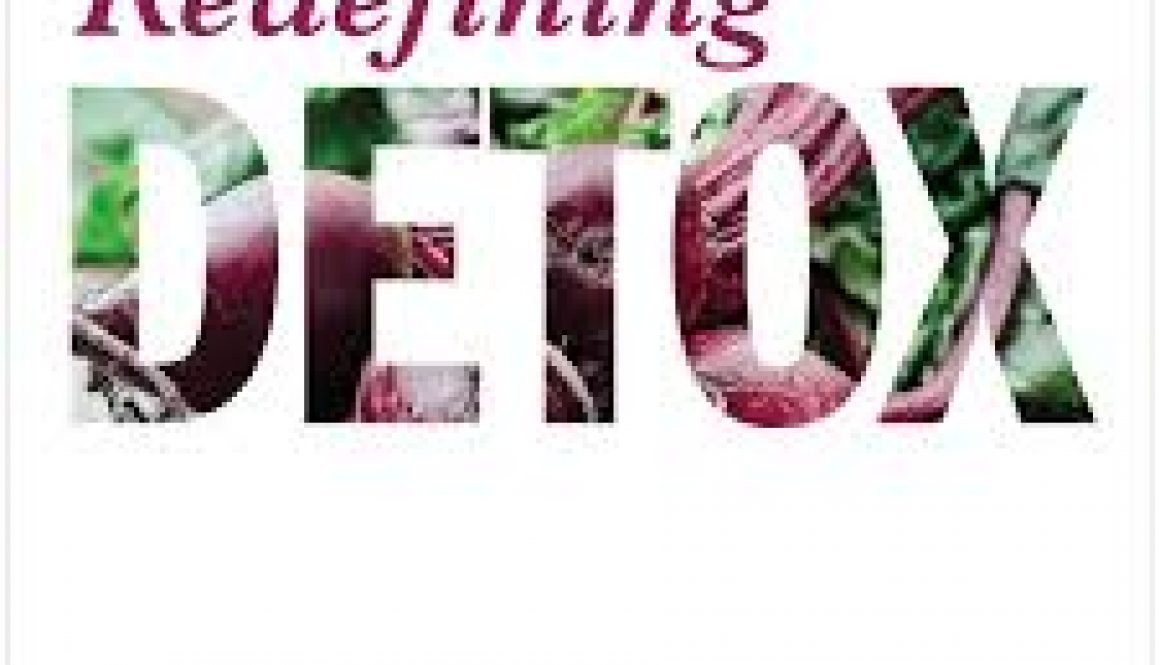… as discussed in the previous blog, is rarely caused by just one “thing.” Factors relating to imbalance within the body typically occur over time and allows the yeast to overgrow. Some of the possible contributing factors to overgrowth are:
- Antibiotics
- Consuming high amounts of dietary sugar
- Stress affects a hormone called cortisol
- Hormone changes
- Intestinal/microflora imbalances may be caused by poor nutrition, birth control pills and other medications, illness, antibiotics, or stress.
How to reduce Candida levels?
If left untreated, a Candida overgrowth may become increasingly more serious and may even enter the bloodstream, a condition referred to as blood invasive candidiasis. Advanced cases may require powerful antifungal drugs prescribed by a physician.
Treatment protocols vary but two common strategies are:
- Boosting your immune function to defend against disease-causing microorganisms, which may include general healthy living strategies such as:
- Don’t smoke.
- Eat a diet high in fruits, vegetables, and whole grains, and low in saturated fat.
- Exercise regularly.
- Maintain a healthy body weight.
- Monitor and control your blood pressure.
- Avoid alcohol altogether or drink only in moderation.
- Get adequate rest and deep sleep.
- Take steps to avoid infections by washing hands frequently and cooking meats thoroughly.
- Receive regular medical screening tests for people in your age group and risk category.
- Reduce stress.
Find more detailed information about food, herbs, and supplements to help you manage a healthy intestinal candida level on pages 41-49 in Intestinal Health book www.intestinalhealthbook.com
* For more information about specific dietary needs, consult with your physician or medical practitioner.
- Doing a Candida cleanse
A Candida cleanse involves strict dietary modifications intended to cause Candida yeast die-off to encourage the body to return to a state of homeostasis (balance). Foods that are typically eliminated during a Candida cleanse include the following:
- Sugars
- Alcohol
- Grains and glutinous foods
- Fruit
- Root vegetables
- Cured, processed, smoked, and vacuumed meats
- Fish (see exceptions below) and shellfish
- Dairy products
- Additives, preservatives, and citric acid
- Beverages, including fruit juice, coffee, black or green tea, energy drinks, and sodas
- Certain nuts
- Beans and legumes
- Mushrooms and truffles
- Condiments
- Vinegar
- Certain fats and oils
Find more detailed information about food, herbs, and supplements to help you manage a healthy intestinal candida level on pages 41-49 in Intestinal Health book www.intestinalhealthbook.com
REALLY! Are you kidding?!? What on earth is left to eat after all of these foods are removed from my diet? Actually, quite a LOT!!
Here are some of the many foods that may be included on an antifungal diet:
- Vegetables, including artichokes, asparagus, avocado, broccoli, Brussels sprouts, cabbage, celery, cucumber, eggplant, raw garlic, kale, olives, onions, rutabaga, spinach, tomatoes, and zucchini
- Yogurt cultures that are live; for example, probiotic yogurt or kefir (plain, without sweetener or fruit)
- Unprocessed meat, including lamb, turkey, beef, or chicken
- Fatty fish, including sardines, wild salmon or halibut, herring, and anchovies
- Nuts, including pecans, walnuts, almonds, and hazelnuts
- Seeds, including sunflower, chia, hemp, and flax
- Coconut meat
- Non-glutinous grains, including quinoa, millet, oat bran, and buckwheat
- Herbs and spices, including basil, black pepper, cinnamon, cloves, dill, garlic, ginger, oregano, paprika, rosemary, sea salt, and thyme
- Oils, including olive, virgin coconut, sesame, flax, red palm, and ghee
- Lemon juice and apple cider vinegar
- Beverages, including chicory root coffee and ginger, peppermint, cinnamon, or licorice tea
- Sweeteners, including stevia and xylitol
*Symptoms or side effects of Candida die-off may be uncomfortable; consult with your physician or medical practitioner.
For other antifungal remedies and support, consult pages 41-49 Intestinal Health book www.intestinalhealthbook.com
Want to keep Candida levels in check?
The following dietary and lifestyle habits may support you in maintaining healthy Candida levels:
- Eat a balanced diet
- Exercise
- Include plenty of “good” bacteria in your daily routine.
- Minimize toxic chemical exposure
- Address emotional issues
- Brush or scrape your tongue
Maintaining a healthy digestive tract will go a long way towards ensuring a strong immune system, thereby reducing the likelihood that you will experience this fungal overgrowth.
“STOP THE FEEDING FRENZY!” page 48 Intestinal Health book
Bread consists of four basic ingredients: flour, salt, sugar, and yeast. To make a perfect loaf, you need the perfect mixture of yeast and sugar. Yeast is what makes bread rise and gives it its light and fluffy consistency. Without yeast, the bread would be flat and hard. If too much sugar is added, the balance will also be thrown off and the bread won’t rise.
On the one hand, when the right amount of sugar is mixed with the yeast and warm water, the yeast loves it and goes on a feeding frenzy. The water provides the medium for the yeast to GROW, bubble, and foam, then release carbon dioxide bubbles with some ethyl alcohol (energy) in order to initiate the yeast respiration process. You then mix in the flour and salt, knead it a little, and add some heat. The feeding frenzy continues, the carbon dioxide production rate increases, and the process works perfectly.
On the other hand, as indicated above, if you add too much sugar, the proportion of yeast to sugar will be out of balance, and the bread will not rise to a healthy, delicious loaf.
It’s the same with the naturally occurring Candida yeast in our digestive tract! When the yeast in our digestive tract is combined with a high-sugar diet, the digestive flora become imbalanced and upset and the yeast goes on a feeding frenzy. The Candida yeast GROWS, bubbles, and foams into an overgrowth in our system. With repeated excessive sugar consumption, it may then grow into potentially hazardous health problems!
Find weekly video about digestive health information, go to my YouTube channel: http://bit.ly/1RYWcvN and SUBSCRIBE.
